Integration of Advanced Technologies
The Laboratory Electronic Balance Market is experiencing a notable shift towards the integration of advanced technologies such as IoT and AI. These technologies enhance the functionality and efficiency of electronic balances, allowing for real-time data monitoring and analysis. As laboratories increasingly adopt smart devices, the demand for electronic balances equipped with these features is likely to rise. This trend is supported by the growing emphasis on automation in laboratory settings, which aims to improve accuracy and reduce human error. The market for electronic balances is projected to grow at a compound annual growth rate (CAGR) of approximately 5.2% over the next five years, driven by these technological advancements. Consequently, manufacturers are compelled to innovate and incorporate these technologies into their products to remain competitive in the Laboratory Electronic Balance Market.
Rising Demand for Precision Measurement
Precision measurement is a critical requirement in various laboratory applications, significantly influencing the Laboratory Electronic Balance Market. As industries such as pharmaceuticals, biotechnology, and food testing prioritize accuracy, the demand for high-precision electronic balances is expected to increase. According to recent data, the market for precision balances is anticipated to account for over 40% of the total electronic balance market by 2026. This trend is further fueled by stringent regulatory standards that necessitate accurate measurements in laboratory processes. Laboratories are increasingly investing in high-quality electronic balances to ensure compliance and enhance the reliability of their results. As a result, manufacturers are focusing on developing balances that offer superior precision and reliability, thereby driving growth in the Laboratory Electronic Balance Market.
Increasing Adoption in Educational Institutions
The Laboratory Electronic Balance Market is witnessing a surge in adoption within educational institutions, particularly in universities and technical colleges. As educational programs increasingly emphasize hands-on laboratory experience, the demand for reliable electronic balances is on the rise. Institutions are investing in modern laboratory equipment to provide students with practical skills essential for their future careers. This trend is expected to drive market growth, with an estimated increase of 20% in sales to educational institutions over the next few years. Furthermore, the integration of electronic balances into curricula enhances the learning experience, allowing students to engage with advanced technologies. As a result, manufacturers are likely to focus on developing user-friendly and cost-effective electronic balances tailored for educational settings, thereby contributing to the overall growth of the Laboratory Electronic Balance Market.
Expansion of Research and Development Activities
The Laboratory Electronic Balance Market is significantly influenced by the expansion of research and development (R&D) activities across various sectors. Increased funding for scientific research, particularly in pharmaceuticals and biotechnology, is driving the demand for advanced laboratory equipment, including electronic balances. As R&D activities intensify, laboratories require precise and reliable measurement tools to support their experiments and product development processes. This trend is expected to contribute to a projected market growth of approximately 6% annually over the next five years. Furthermore, the rise in academic research institutions and private laboratories is likely to bolster the demand for electronic balances, as these entities seek to enhance their operational capabilities. Consequently, manufacturers are focusing on developing innovative solutions tailored to the specific needs of R&D environments within the Laboratory Electronic Balance Market.
Focus on Sustainability and Eco-Friendly Solutions
Sustainability has emerged as a pivotal concern within the Laboratory Electronic Balance Market. Laboratories are increasingly seeking eco-friendly solutions that minimize environmental impact. This shift is prompting manufacturers to develop electronic balances that utilize sustainable materials and energy-efficient technologies. The market is witnessing a growing preference for products that not only meet performance standards but also align with environmental regulations. As a result, the demand for sustainable electronic balances is projected to rise, with an estimated increase of 15% in sales of eco-friendly models over the next three years. This trend reflects a broader commitment to sustainability across various sectors, compelling manufacturers to innovate and adapt their offerings to meet the evolving expectations of environmentally conscious consumers in the Laboratory Electronic Balance Market.


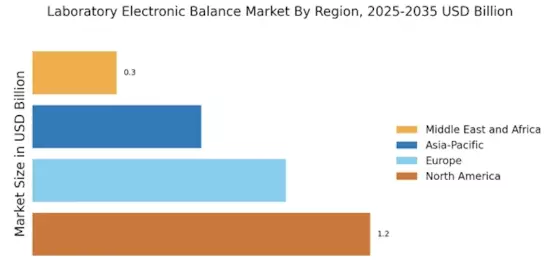
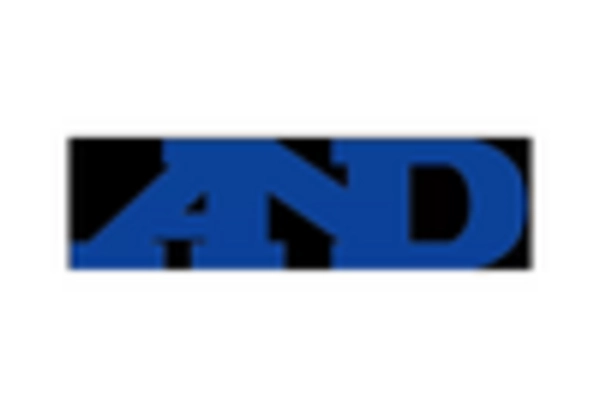
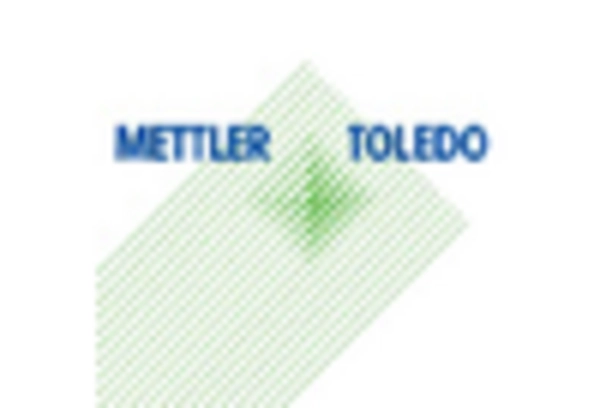

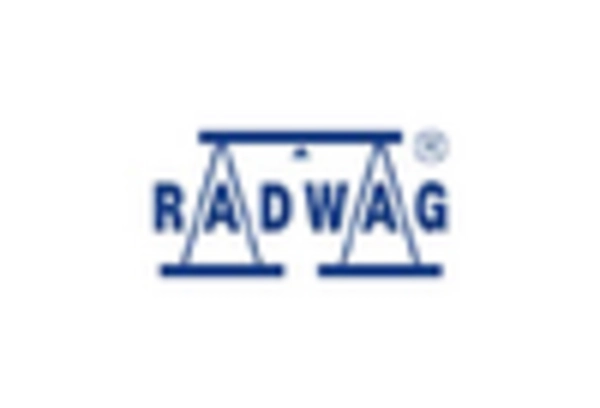
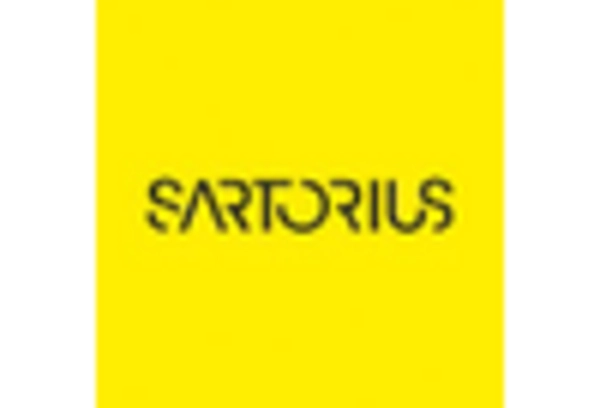









Leave a Comment